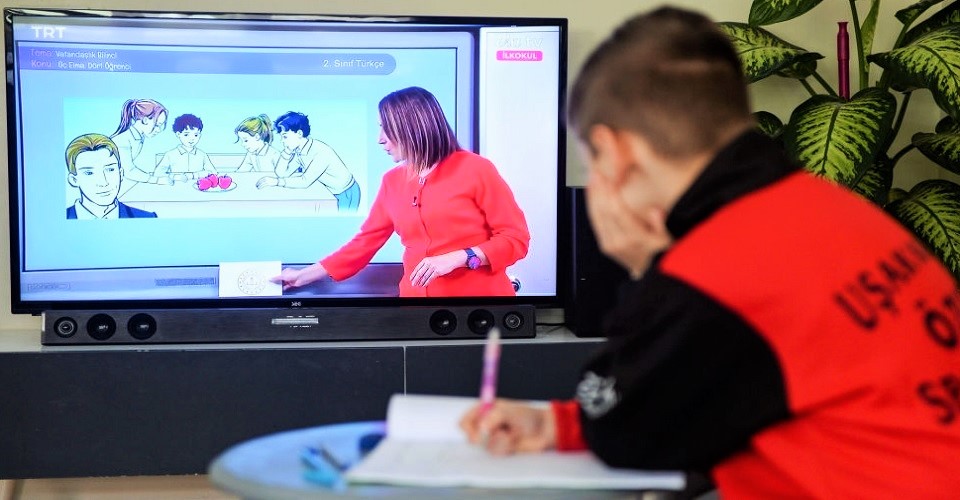Video Mediated Instructional Practice for Children with Autism Spectrum
4th September 2020

The 21st century educators should always be looking at new teaching opportunities to foster comprehension. We have seen that the inclusive education has come a long way and now children with autism spectrum and other special needs are integrated into regular classrooms. This is the age of digital acquisition and teachers have to discover the solid balance between the traditional teaching methods and the consolidation of digital teaching opportunities. This balance is especially crucial for students with special needs.
Before just going straight to the line, let’s quickly have a look at what does autism spectrum mean…
Autism, or autism spectrum disorder (ASD) basically refers to a wide range of physical and psychological conditions defined by different challenges. These challenges can be social acquisitions, repetitive behaviors, speech and nonverbal communication. It impacts the nervous system and affects the whole cognitive, cerebral, social and physical health of the affected child.
How Does Video Help the Children with Autism Spectrum?
Researchers have proved that the videos can help students with autism spectrum and other special needs in learning and developing. Technology can be used by teachers to teach the students with a broad range of abilities and special needs. One helpful technological implementation that research has shown is effective is the video-mediated instruction (VMI).
What is Video-Mediated Instruction or VMI? Well, VMI provides all the visual processing strengths of your learners with autism spectrum. The video-mediated instruction helps to compound the instruction and video modeling techniques instantly. Moreover, the video modeling is an information-based teaching tool whereby a learner watches a video of someone or maybe his/her peer completing a learning activity and the child imitates the activity. This video modeling has a thoughtful impression on the development of children and can develop a large amount of skill just by observing other peers performing a specific task.
Most of the time, VMI is being used to make a practical learning session for a personalized, comprehensive, and cooperative learning education. The educators should play videos on an accessible media player when it comes to showing videos in a classroom. We all know that videos are an indispensable element of both general and special education classrooms. Videos create the possibility for teachers to employ a demonstration-based teaching strategy, be it offline or online classes. VMI’s effectiveness can be observed in behavioral functioning, functional skills, social and communication skills.
Usually, for students with autism, attachment to routine becomes oppressive and compulsive. The certainty can help students with autism and VMI deals with certainty. Teachers can present awareness of regularity through video, especially when the videos are part of their teaching tools. With a range of creative elements like conformable presenters, characters, tones of voice, and colors etc., videos can really help the students with autism to act in situations where they might get overwhelmed.
You can also insert question-and-answer segments into the video. You can prompt your learners to answer in multiple-choice, short-answer, or may be fill-in-the-blank questions throughout the activity. The results of these can be sent to the parents as well, giving extra advancement in monitoring opportunities. This boosts students’ attention and independency.
Another advantage of VMI is that it surrogates the additive possibilities for the social development in your classroom. How? Well, for learners with social anxiety - a characteristic of autism spectrum, it can be difficult for the child to go to a person or make eye contact. With VMI, the child is capable of focusing on the video that allows the lesson content to become the primary focus.
What Skills Can be Taught with VMI?
VMI can be used to teach a number of different skills!
- Social skills
- Play skills
- Functional skills
- Self-monitoring
- Independence and Freedom
- Language and communication skills
- Decreasing aggression
- Technological communication skills
With the internet at our fingertips, VMI gives children with autism spectrum and other special needs the chance to do mistakes and learn from those mistakes. Among all the teaching ways of autism and other special needs which you can learn through autism courses for teachers, VMI is one of them. By allowing your students to study their own results, it helps to cultivate the development of their mindset. Through this way, teachers can focus on celebrating even the tiny success and help the children with autism spectrum and other special needs.

